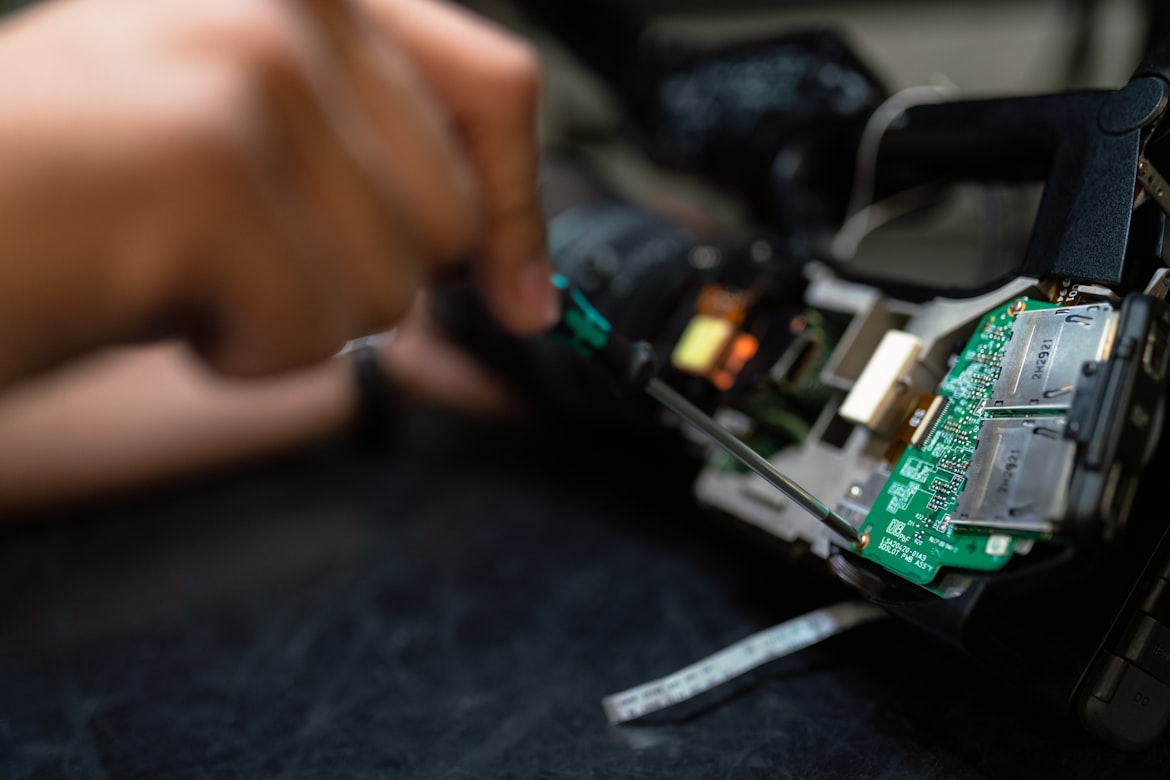The Invisible Detectives
How Surface Science Unlocks Cultural Heritage's Secrets
Beneath a painting's luminous glaze or a statue's weathered patina lies a hidden universe. Each brushstroke, corrosion layer, or aged varnish holds stories about an artifact's creation, history, and decay. Surface and interface analysis—the scientific investigation of outermost material layers and their interactions—has revolutionized cultural heritage conservation.
1. Why Surfaces Matter: The Frontier of Heritage Science
Cultural heritage objects are palimpsests of time. Interfaces—where pigments meet binders, or corrosion layers interact with protective coatings—dictate an artwork's stability and appearance. When conservators apply a new coating to a Renaissance painting or stabilize a bronze relic, they engage in a complex dialogue at the molecular level. Understanding these interactions is critical:
Preventative Conservation
Analyzing how environmental pollutants degrade surfaces enables tailored protective strategies. For example, studying sulfur-induced tarnishing on silver artifacts informs air-quality controls in museums 1 .
Degradation Mechanisms
Interactions between original materials and conservation treatments can cause unintended harm. Studies show some modern polymers yellow or crack over time, accelerating deterioration instead of halting it 2 .
2. Decoding a Masterpiece: The Serbian Icon Experiment
A 2024 study of a Serbian Orthodox icon (c. 1700–1800) exemplifies cutting-edge surface analysis. Researchers deployed a multi-technique approach to unravel its construction and condition without damaging the sacred artifact 1 .
Methodology: A Step-by-Step Detective Work
- Optical Tomography (CT Scanning): Revealed the wooden panel's internal structure and previous repairs.
- Ultraviolet (UV) & Infrared (IR) Imaging: Mapped organic binders (e.g., egg tempera) and underdrawings invisible to the naked eye.
- Energy-Dispersive X-ray Fluorescence (EDXRF): Identified mercury (Hg) in vermilion reds and copper (Cu) in malachite greens.
- Fourier-Transform Infrared Spectroscopy (FTIR): Detected protein-based binders (egg/animal glue) and aged varnishes.
- Scanning Electron Microscopy (SEM): Cross-sections showed layer sequences—ground preparation, paint, varnish—and micro-cracks in the gold leaf 1 .

Results & Revelations
| Color Region | Pigment Identified | Binder Detected | Historical Significance |
|---|---|---|---|
| Red | Vermilion (HgS) | Egg tempera | Traditional Byzantine palette |
| Blue | Azurite (Cu₃(CO₃)₂(OH)₂ | Protein glue | Local sourcing in Balkans |
| Gold leaf | Au foil (92% purity) | Protein-based adhesive | Iconographic tradition |
| Location | Compound Found | Degradation Mechanism |
|---|---|---|
| Varnish layer | Oxalates (C₂O₄²⁻) | UV-induced oxidation |
| Gold interface | Cu/Fe sulfides | Galvanic corrosion |
Key Findings
- Restoration History: Overpainting with synthetic ultramarine (19th century) altered the original composition.
- Deterioration Triggers: Humidity fluctuations caused ground-layer shrinkage, threatening gold leaf adhesion.
3. The Scientist's Toolkit: Essential Reagents & Techniques
| Tool | Function | Heritage Application Example |
|---|---|---|
| XRF Spectrometer | Elemental mapping (Mg-U) | Identifying toxic HgS in Baroque murals |
| Raman Spectroscopy | Molecular fingerprinting via laser scattering | Detecting counterfeit lapis lazuli |
| Optical Microprofilometry | 3D surface topography at µm scale | Quantifying erosion on manuscript inks |
| LIBS (Laser-Induced Breakdown Spectroscopy) | Depth profiling | Analyzing stratified corrosion on bronzes |
4. Beyond Pigments: Stone, Metal & the Built Environment
Surface analysis extends beyond paintings:

Architectural Heritage
Quantitative metrics like Interface Density and Build-To-Line Rate assess streetscape integrity in historic districts (e.g., Quanzhou's West Street). These parameters guide restoration zoning laws .

Sculpture & Metalwork
Bronze disease on Su Dynasty figurines was halted by identifying chloride-rich burial environments using synchrotron XRF mapping 4 .

Manuscript Preservation
Microprofilometry fused with multispectral imaging quantifies ink erosion on medieval parchments, revealing wear patterns invisible under microscopes 6 .
5. The Future: AI, Hyperspectral Imaging & Predictive Models
Emerging frontiers promise even deeper insights:
Machine Learning
Algorithms classify spectral data 100x faster than manual analysis, distinguishing 1,200+ pigment types from minimal samples 3 .
3D Change Monitoring
High-resolution scans track surface geometry shifts post-restoration. A ceramic tile stove (c. 1890) showed 2.73 µm/year erosion after cleaning—data now guiding handling protocols 7 .
Sustainable Coatings
Nano-hydroxyapatite coatings for marble, tested via accelerated aging chambers, reduce sulfuric acid erosion by 90% 1 .
Conclusion: The Art of Science in Heritage Preservation
Surface and interface analysis transforms conservation from an intuitive craft into an evidence-based science. Each non-invasive scan or spectral fingerprint bridges past and present: verifying a Rembrandt's authenticity, stabilizing Terracotta Warriors, or safeguarding temple murals. As tools grow more sensitive and integrated, we move closer to a future where all heritage—painted, written, or built—endures, its secrets decoded but its soul intact 3 8 .
"In the whisper-thin boundary between art and decay, science becomes time's translator."